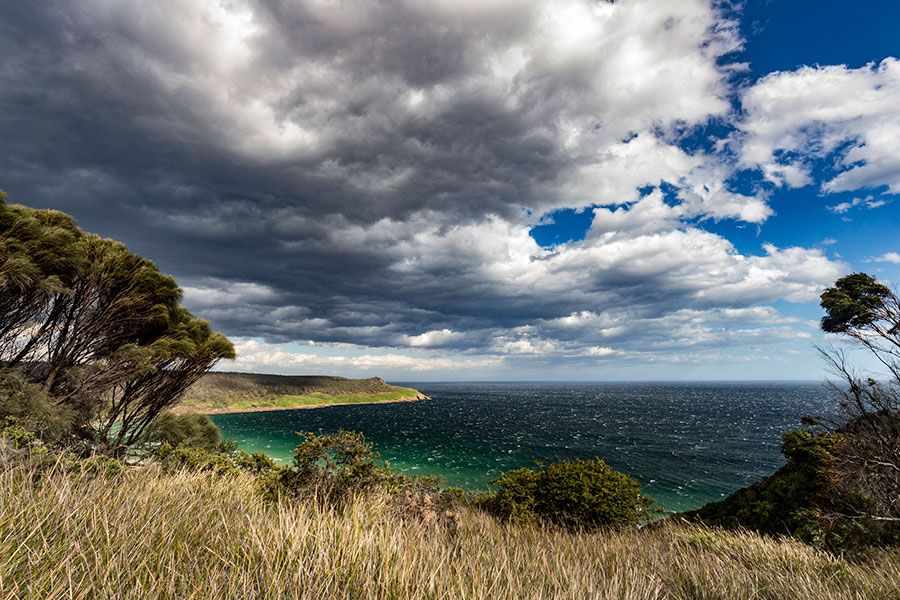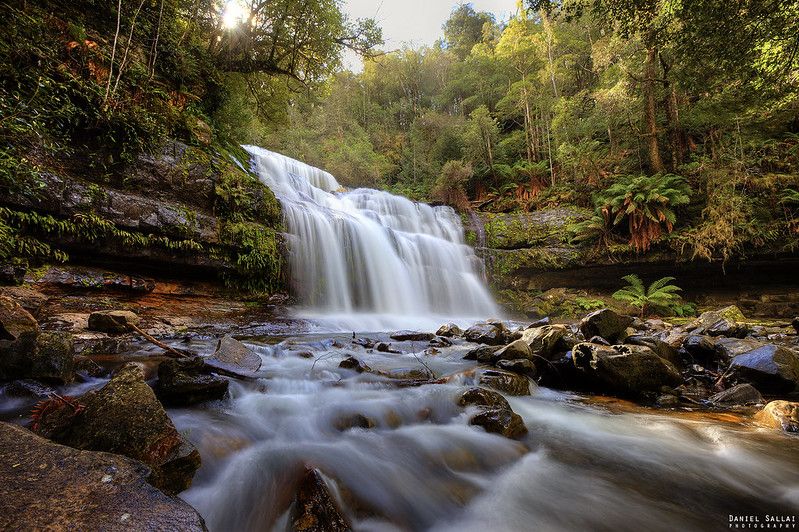Costa Rica is a beacon for sustainability and environmentally friendly tourism. Sustainable tourism, eco-friendly travel, green hotels, responsible tourism – you can find it all in Costa Rica.
The country has become an example for the world with nearly 30% of its land protected. Visiting national parks is a great way to enjoy some of Costa Rica’s beauty while being sure your money is going to support something like the national park system.
Ecotourism in Costa Rica is one of the key activities of the tourism industry in the country. Ecotourism draws many tourists to visit the extensive national parks and protected areas around the country. Costa Rica was a pioneer in this type of tourism, and the country is recognized as one of the few with true ecotourism.
Almost half of all international visitors participate in ecotourism, according to The Costa Rican Tourism Institute. Ecotourism tours in Costa Rica usually are focus on great outdoors epic adventures and wildlife observation.
Here are the best vacation packages highlighting the prime locations in Costa Rica.

Photo credit: Arenas del Mar / Facebook
Arenas Del Mar
Arenas del Mar Beach & Nature Resort is bringing the two concepts closer together — Sustainability and Luxury. This a 38-room resort with a beachfront is located within an 11-acre private nature reserve overlooking Manuel Antonio National Park. This was the first luxury hotel to receive the Five Sustainability Leaf Award in Costa Rica. Arenas del Mar has led the way in the area of using sustainability and is a carbon-neutral practice.
Some of the sustainable practices at Arenas Del Mar include chlorine-free pool water, solar-heated water, underground electricity systems that do not affect nearby wildlife, use of electric cars, low-flow toilets, energy-efficient lighting, recycling and composting, and the use of recycled materials and soap produced at the hotel from leftover cooking oil from the kitchen. Other eco-friendly amenities include in the resort routine are the use of organic and biodegradable personal care products, complimentary reusable water bottles, and organic coffee.
At Arenas Del Mar get rid of all plastic water bottles from our resort. You’ll have access to two beautiful beaches, Playitas Beach and Espadilla Beach.
It’s within walking distance from the most renowned national reserve, Manuel Antonio National Reserve. You can check their Sustainability Tours at any one of their hotels and lodges and explore the wildlife and jungle that surrounds this ocean property will take you on an exotic tropical journey.

Photo credit: Pattaya Unlimited / Flickr
Zipline Through the Rainforests
Costa Rica is world-renowned for its canopy tours, also known as zip-lines. Ziplining is one of the best ways to experience the country’s lush and thriving forests. these tours offer travelers a unique chance to experience the rainforest as never before.
Many of Costa Rica’s national parks offer canopy tours, among the most popular, are in Arenal, Monteverde and Manuel Antonio.
Imagine sailing through the treetops hundreds of meters in the air with a chance to spot some of the country’s diverse wildlife. Don’t worry, safety is a top priority. With nearly a quarter of the land covered with rainforests, there are dozens of family-friendly locations and companies to take you on this thrilling adventure.
Costa Rica nation’s environmental services payment program established in 1997 to support property owners who leave the forest untouched.
It isn’t hard to find a hotel or lodge with zip line activities available on-site!
Explore Local Farms
The National Program of Organic Agriculture (PNAO) promotes the development of organic agriculture in Costa Rica. In 2000, more than 3,500 organic producers were registered with certification agencies, and in 2003 that number increased 13% to nearly 4,000.
A tour around Costa Rica’s organic farms is one of the best ways to enjoy local fare and learn about how the nation produces its fresh ingredients and best practices from local farmers. These tours provide a chance to learn about organic farming and make visitors think twice about where their food comes from. There are many eco-lodges and resorts that have their own organic farms where guests can volunteer. This is a perfect opportunity for adventurers who want to learn more about local farming while enjoying their stay in Costa Rica
Take the El Trapiche Sugar Mill Day Tour and explore the plantations in Monteverde.

Visits the Volcanoes
Costa Rica has over 60 volcanoes but only six of them are active. The Arenal volcano has been considered as one of the best places to explore in Costa Rica. It is Costa Rica’s largest and most recognized volcano with its natural volcanic-fed thermal springs, waterfalls, Lake Arenal – Costa Rica’s largest lake, and a rich ecosystem of exotic wildlife.
Some tours combine several activities into one action-packed, fun-filled day like canopy tours, waterfall rappelling, mountain bike rides, rafting trips.
You can join an offer private luxury SUV with a private tour guide/driver and explore some of the areas around volcanoes.
Costa Rica volcano tours is an amazing destination for adventure vacations that include climbing, exploring and just marveling at the sight of volcanoes.

Photo credit: S. Rae / WikiPedia
Parador Resort and Spa
The resort offers plenty of activities, pools, spas and restaurants on-site and it is close to nature trails, beaches and the ocean.
It is spread on 12 acres of rainforest just minutes from the country’s best beaches and the little, lovely Manuel Antonio National Park. Parador Resort & Spa is an award-winning full-service resort that proudly is offering responsible luxury.
It takes big participation in reforestation and beach clean-up programs, composting and recycling, energy and water saver programs, use of rainwater and biodegradable soaps and detergents.

Photo credit: Geoff Gallice / WikiPedia
Veragua Rainforest Research & Adventure Park
The Veragua Rainforest Research & Adventure Park is a worldwide model for tourist attractions in terms of conservation, research, and sustainability.
The province of Limón provides amazing national parks, whitewater rafting and pristine beaches with nice surf. The Research & Adventure Park is located only 40 minutes from the Caribbean town of Limón. The park includes among other attractions, the largest indoor nocturnal frog exhibit in the world, butterfly garden, reptile vivarium, hummingbird garden.
How to travel eco-sustainably
Avoid bottled water
Travel with sustainable, eco-friendly or fairtrade travel agencies
Reduce consumption of meat
Use eco-friendly products
Book eco-friendly accommodations
Support local economies
Questions to ask when booking ecotourism tours
- One of the first things you can check to be sure you are supporting local community is if the majority of employees are local?
- Ask the tour guides and operators what sort of training or licenses do they have?
- How does the tour operator reduce its impact of plastic waste?
- Do they guarantee animal sightings? This should never be done as we can’t promise when wild animals will come out and say hello.
- What kind of accommodations are you staying in? Are you staying at eco-friendly hotels and going on true ecotours?
Featured image photo credit: Mario André Cordero Alfaro / Flickr
Want to learn more about Costa Rica? Check our other posts:
Sustainable Tourism in Costa Rica
The 10 Best Costa Rica Eco Tours















1 Comment
Awesome post! Keep up the great work! 🙂